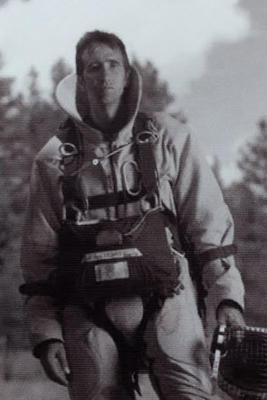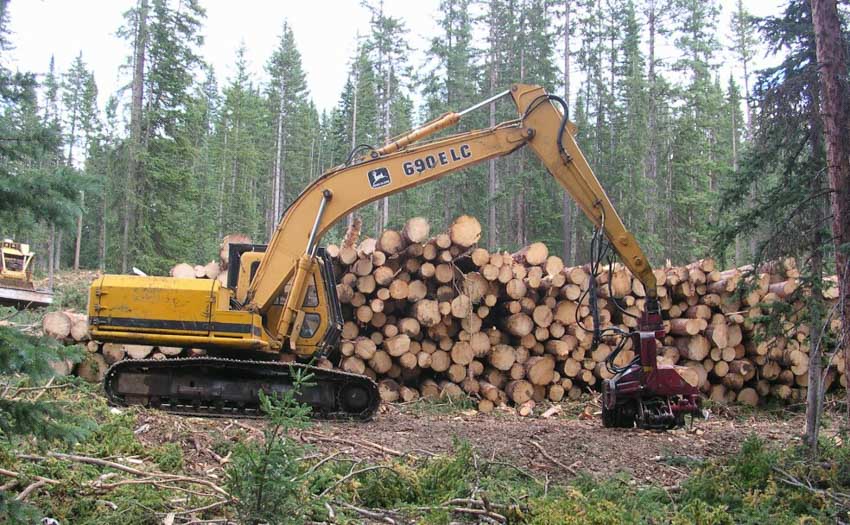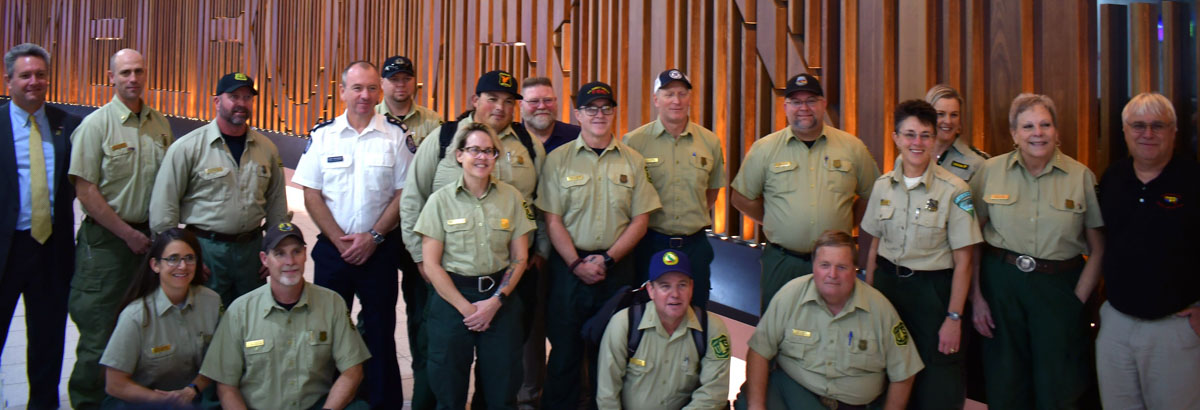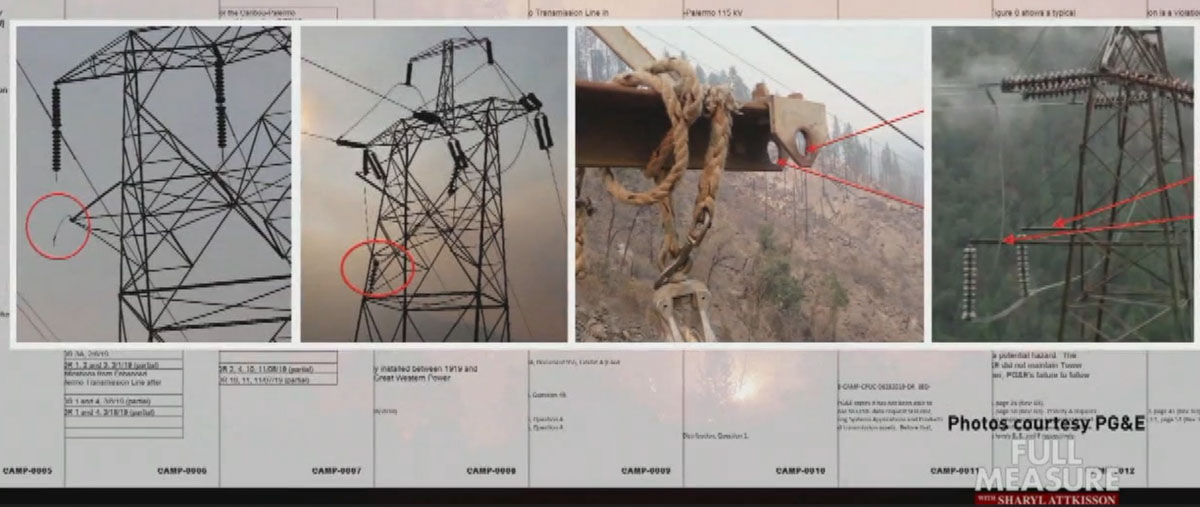
The Bureau of Land Management announced today that Grant Beebe, a veteran wildland firefighting professional, has been selected as the BLM’s new Assistant Director for Fire and Aviation based in Boise, Idaho. Mr. Beebe has been acting in the position since March of 2019.
Even though is title is Assistant Director, Mr. Beebe oversees the BLM’s entire Fire and Aviation program, including policy, operational oversight, and working with partner agencies and other elements of the BLM to ensure the program is carried out effectively and most of all, safely. The BLM performs 70 percent of the U.S. Department of the Interior’s firefighting and hazardous fuel reduction efforts.
“Grant is a widely respected and highly experienced fire professional,” said BLM Deputy Director for Programs and Policy William Perry Pendley. “He has deep knowledge of wildland fire management, as well as fire readiness and training, honed both in the United States and overseas. His leadership abilities, passion, and commitment will continue to be just what our fire program needs going forward.”

Mr. Beebe has a long history in the BLM fire program where he started as a smokejumper at the National Interagency Fire Center (NIFC) in Boise in 1990. In 1997, he took a break from the BLM to work for the German government in Indonesia to provide fire training and fire readiness expertise. In 1998, he returned to Boise as the Base Manager for the smokejumper loft at NIFC before moving into other areas of fire management, including planning and budget in 2011.
He received a bachelor’s degree in English from University of California at Davis and a master’s in Forest Fire Management from Colorado State University. He will continue to be based at NIFC.










